Theory of operation.
The thermistors are arranged in a circle on a flat section of PCB. A plastic shroud directs airflow over the sensors. The sensors are heated via controllable powere source from the micro. Wind travelling across the sensors causes small temp variations which are then measured and translated into wind speed and direction by the micro. The Opamp is used with a simple voltage divider reference as a difference amplifier, to increase resolution over a defined operating range.
Datasheet links.
Thermistorhttp://www.vishay.com/docs/33017/tfpt.pdf
Opamp
http://www.microchip.com/mymicrochip/filehandler.aspx?ddocname=en540137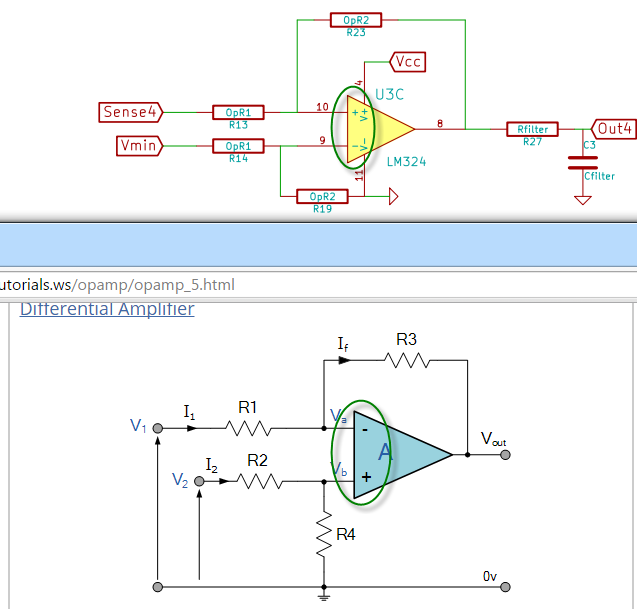
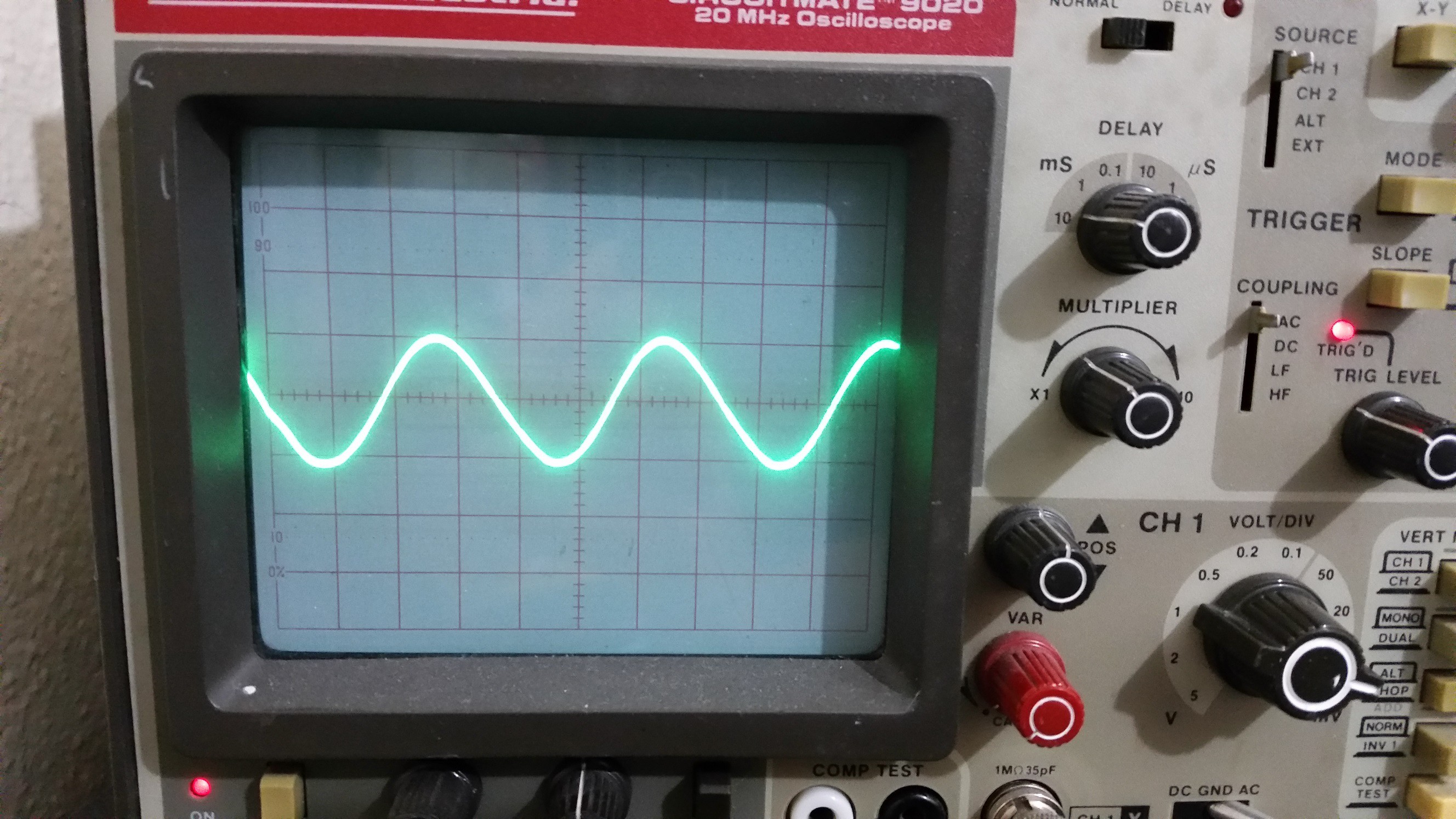
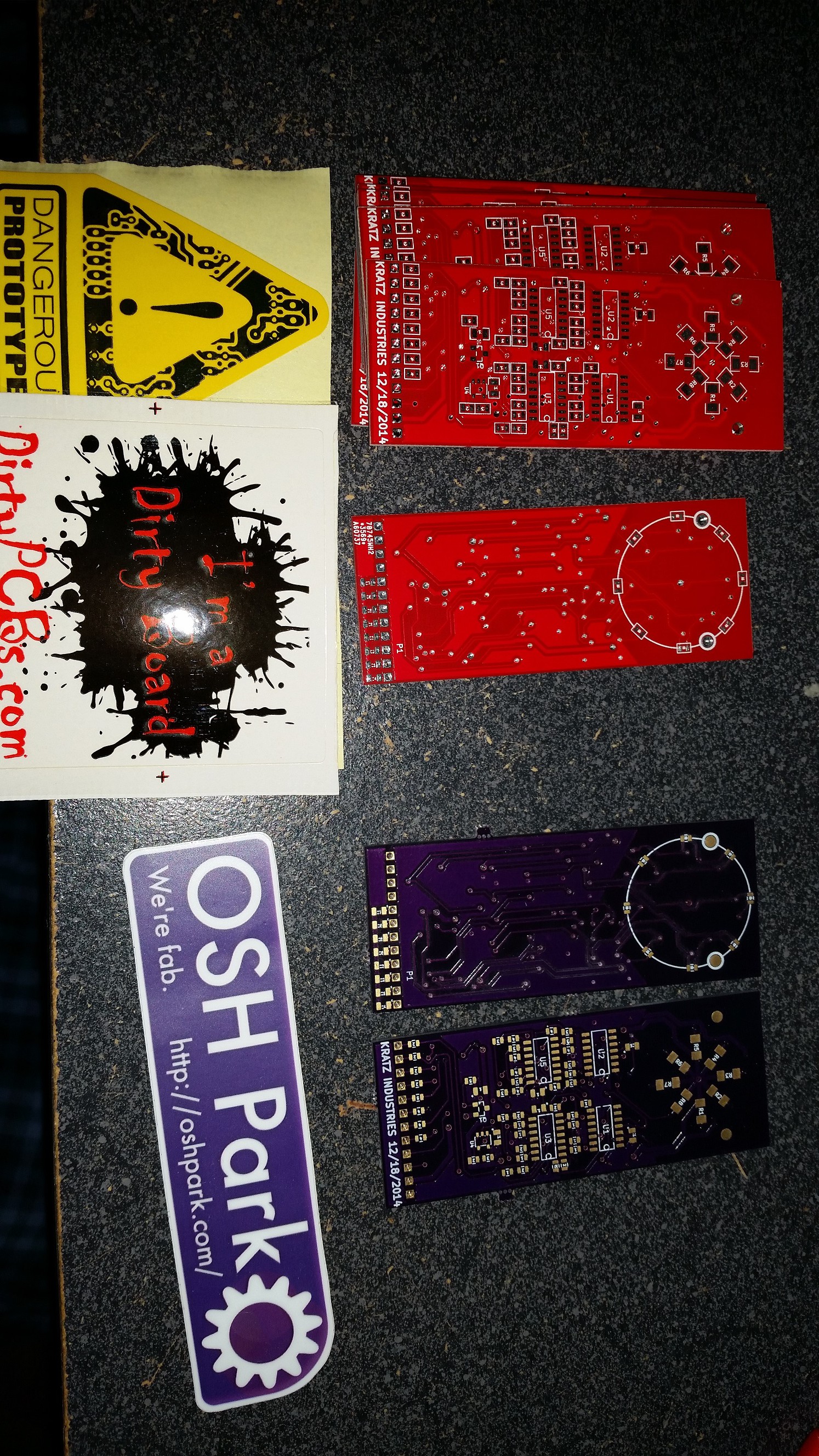
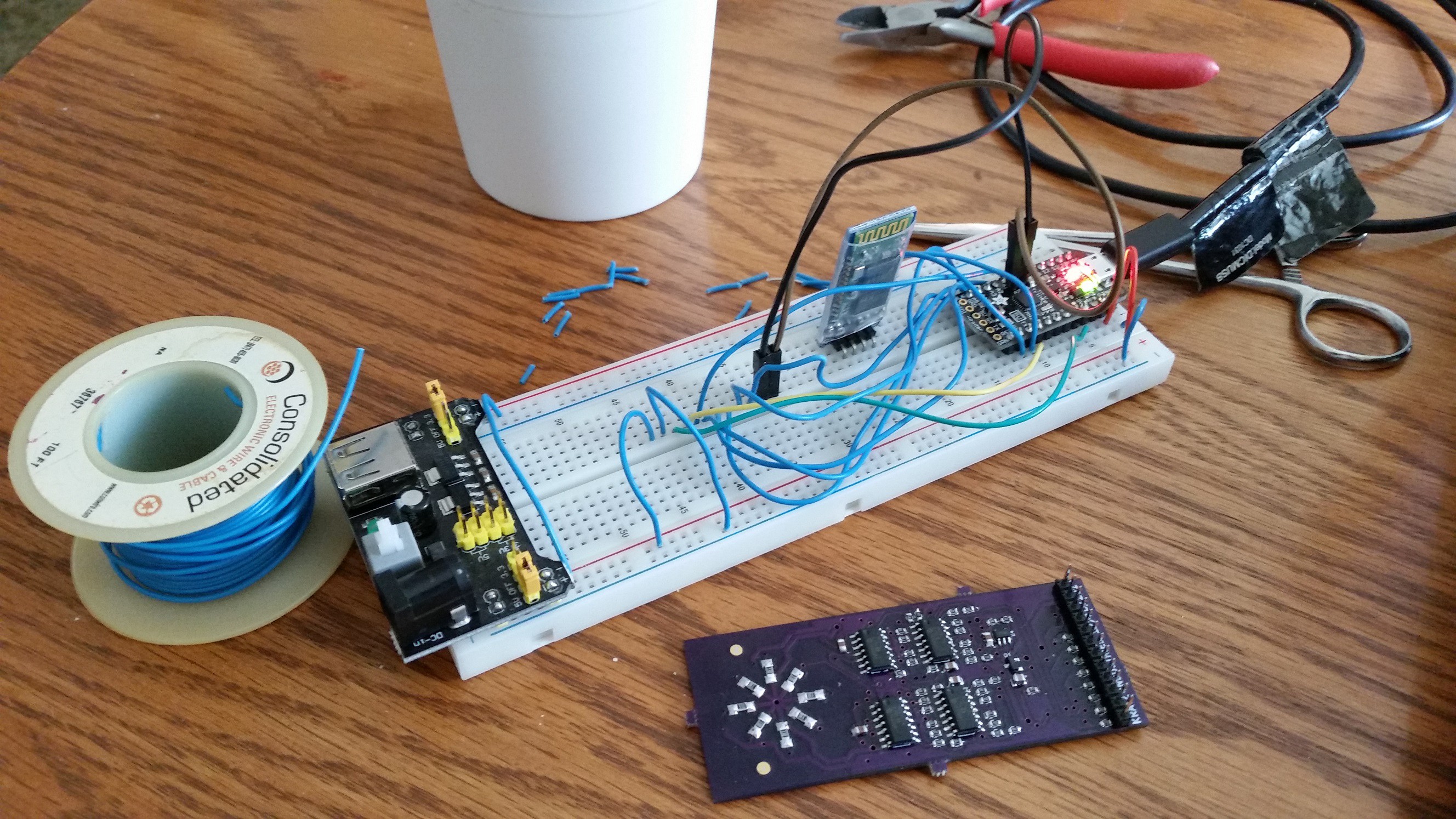




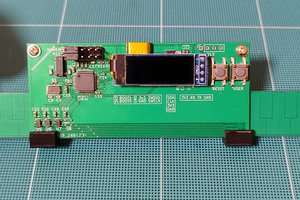
 Dimitar
Dimitar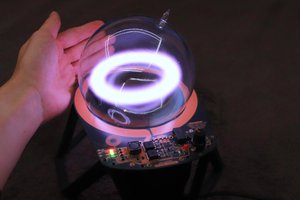
 sky-guided
sky-guided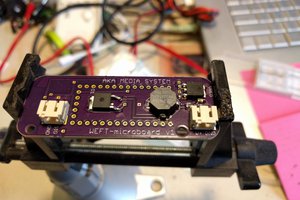
 AKA
AKA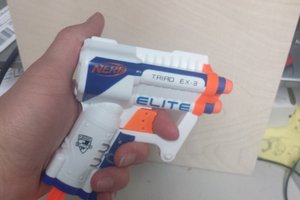
 Spencer
Spencer
Hi Christopher, 3 years since last activity in this project. Did your idea work? If yes, what's the software interface you used?